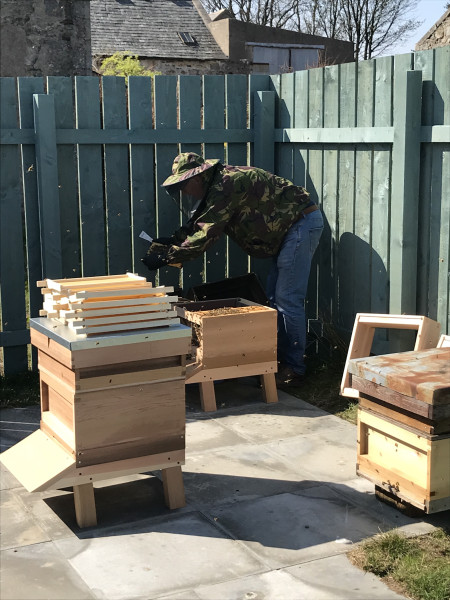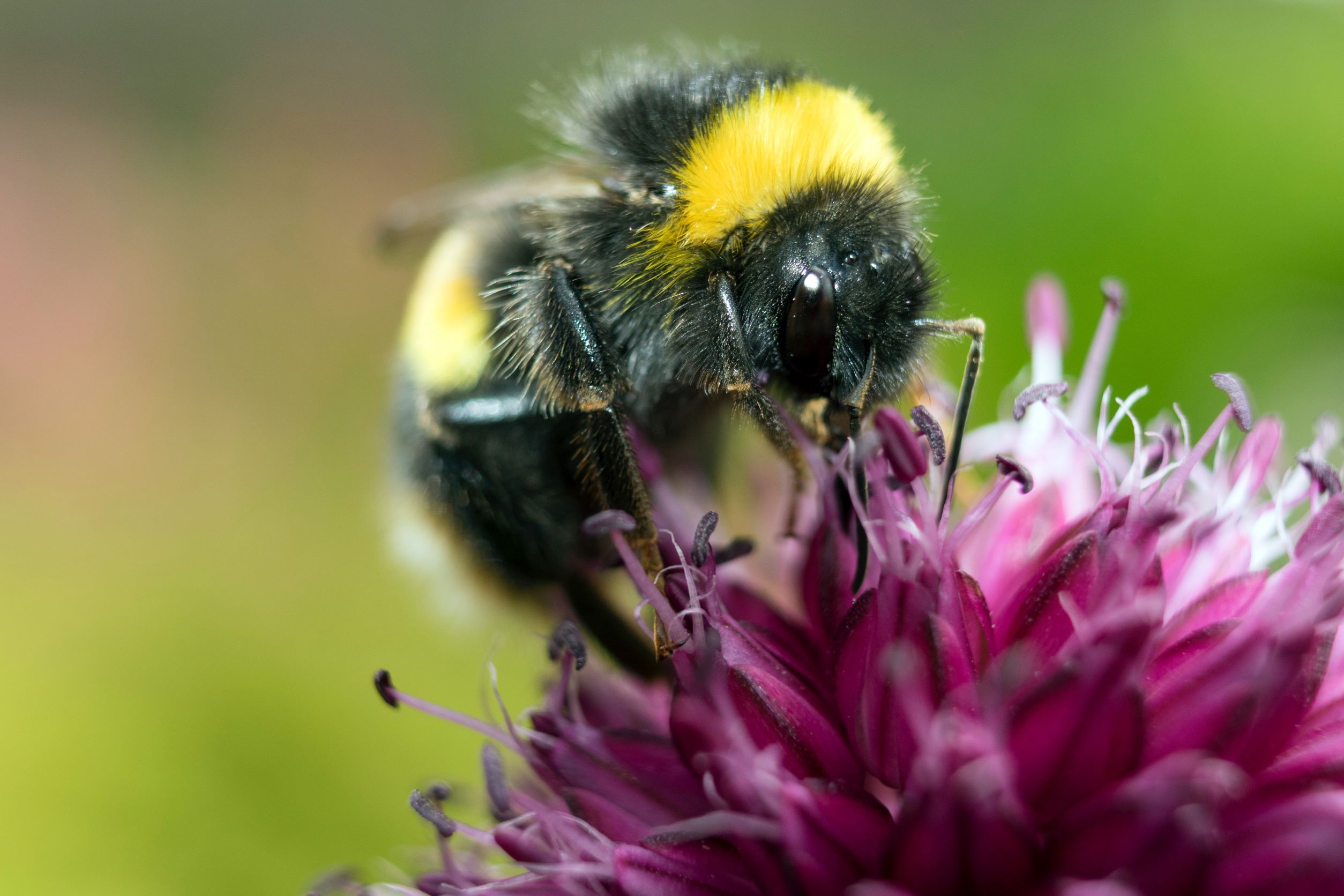Prime Four Bees
Our most unique prime four tenants
Prime Four are delighted to house over 60 thousand of our honey making and nature critical bees at the park. Recognising the environmental impact bee’s have, our apiary houses 4 hives, has been built and installed on the wildflower grounds situated between the Apache and Maersk building. Local bee keepers work hard throughout the year caring for our hairy bodied friends.
Our hard-working Prime Four bees have given us some bumper crops of honey in the past and you can enjoy the fruits of their labour. We can’t sell the honey but when available and in return for a jar, we ask you to make a small donation to our charity choice at that time. Any available honey will be communicated in our park newsletter.
WE NEED BEE’S. They are vital for stable, healthy food supplies. They are key to the varied, colourful and nutritious diets we need and have come to expect. Bees are perfectly adapted to pollinate, helping plants grow, breed and produce food. They do so by transferring pollen between flowering plants and so keep the cycle of life turning. The vast majority of plants we need for food rely on pollination, especially by bees.
Bees are in trouble. There is growing public and political concern at bee decline across the world. This decline is caused by a combination of stresses – from loss of their habitat and food sources to exposure to pesticides and the effects of climate change. More than ever before, we need to recognise the importance of bee’s to nature and to our lives.

Some interesting bee facts…
Honey bees must gather nectar from two million flowers to make one pound of honey.
The average bee will make only 1/12th of a teaspoon of honey in its lifetime.
A honey bee visits 50 to 100 flowers during a collection trip.
A honey bee can fly for up to six miles, and as fast as 15 miles per hour.
Honey bees communicate with one another by dancing.
A colony of bees consists of 20,000-60,000 honey bees and one queen. Worker honey bees are female, live for about 6 weeks and do all the work.
The queen bee can live up to 5 years and is the only bee that lays eggs. She is the busiest in the summer months, when the hive needs to be at its maximum strength, and lays up to 2500 eggs per day.
Larger than the worker bees, the male honey bees (also called drones), have no stinger and do no work. All they do is mate.
When a honey bee stings a person, it cannot pull the barbed stinger back out. It leaves behind not only the stinger, but also part of its abdomen and digestive tract, plus muscles and nerves. This massive abdominal rupture kills the honey bee. Honey bees are the only bees to die after stinging.
The natural fruit sugars in honey – fructose and glucose – are quickly digested by the body. This is why sportsmen and athletes use honey to give them a natural energy boost.
The bees’ buzz is the sound made by their wings which beat 11,400 times per minute.




